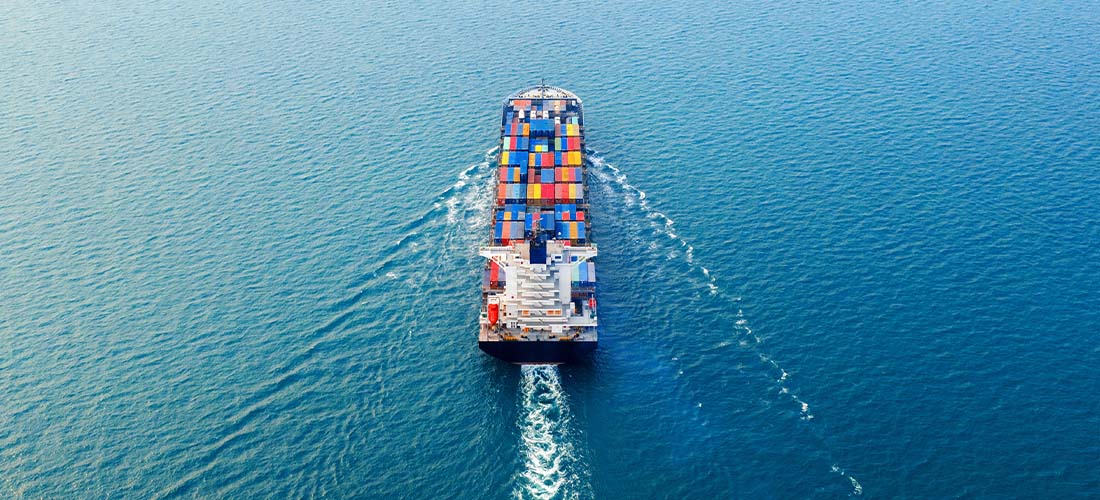The case for electric shipping
Operating between Porsgrunn and Brevik in Norway, the short 12km route is easy enough to drive. This electric container ship has a designed operating speed of 6knots isn’t rapid, but each journey eliminates 120 truck journeys transporting mineral fertiliser along the same route.
In total, Yara Birkeland will replace 40,000 journeys per year, with a zero emission alternative that is predicted to offer annual operating savings, in both fuel and crew, of up to 90%.
It’s not crossing oceans with thousands of tons of cargo, but it’s a step, and it’s one that the shipping industry needs to take. Marine shipping accounts for 1 billion tons of carbon emissions each year and fuel prices have been rising consistently for years.
The Yara Birkeland has batteries built into the design, but other companies such as Fleetzero are looking to utilise 20ft containers and building the batteries into them. This allows electric ships to essentially swap batteries in and out like you would with an electric drill, you just need a container crane to remove/insert them.
Economies of scale would still be achieved thanks to a network of smaller more versatile ships, that can be accommodated by more ports and loaded and unloaded faster than the much larger ULCV (Ultra Large Container Vessel) 14,500+ TEU ships.
What are the downsides?
Sounds great, right? Electric ships solving the carbon dilemma, but large numbers of smaller ships would ease the supply chain backlogs that the world has experienced since mid-2020.
However, to store the same amount of energy as you would in 1kg of oil you need about 20kg of batteries. The fuel capacity of a Panamax ship (Panamax is the size of ship able to operate through the old Panama Canal locks, with a capacity of 5000 TEU and a gross weight of up to 52,000 tons) is about 1.5 million gallons, or nearly 7000 tons of oil.
So, we’d need 140,000 tons of batteries (20 x 7000), or double the weight of the ship to get the same range. That’s clearly not practical but a container ship of that size uses about 150 tons of fuel a day, so even with 10 days of battery power you’ll need about 30,000 tons of batteries, well over half of the capacity of a Panamax ship. So direct battery power is probably not viable in the short-term, but alternative fuels could be.
Alternatives to battery technology
Hydrogen technology is coming along fast and it’s certainly much safer than when it was used in the Hindenburg, although this was only to allow the airship to float. And the only emission from Hydrogen fuel cells are water. However, producing hydrogen to use as a fuel is expensive and still viewed as a last resort by most engineers.
Nuclear energy can, and does, power ships for decades without ever having to refuel. There have been four nuclear powered cargo ships in the past, the most famous being the NS Savannah which only operated for 3 years but travelled 350,000km. However nuclear power is actually quite expensive as it requires far more technical expertise than a normal power plant. Additionally nuclear powered ships may not be granted access to some countries ports (Australia, New Zealand and Japan for instance) and what happens when they’ve reached the end of their working life as disposal is far more complex.
So when will it happen?
In the short term, not very quickly, but the incentives are there. Fleets of smaller far more efficient electric ships aren’t that far away, especially as it will free up spaces in ports and help make the hub & spoke even more deliverable. But until a viable storage solution for electrical power is found, it may be a decade or more before electric cargo ships are a common sight on the world’s oceans.
If you have any questions about this post, please get in touch via the contact page.

